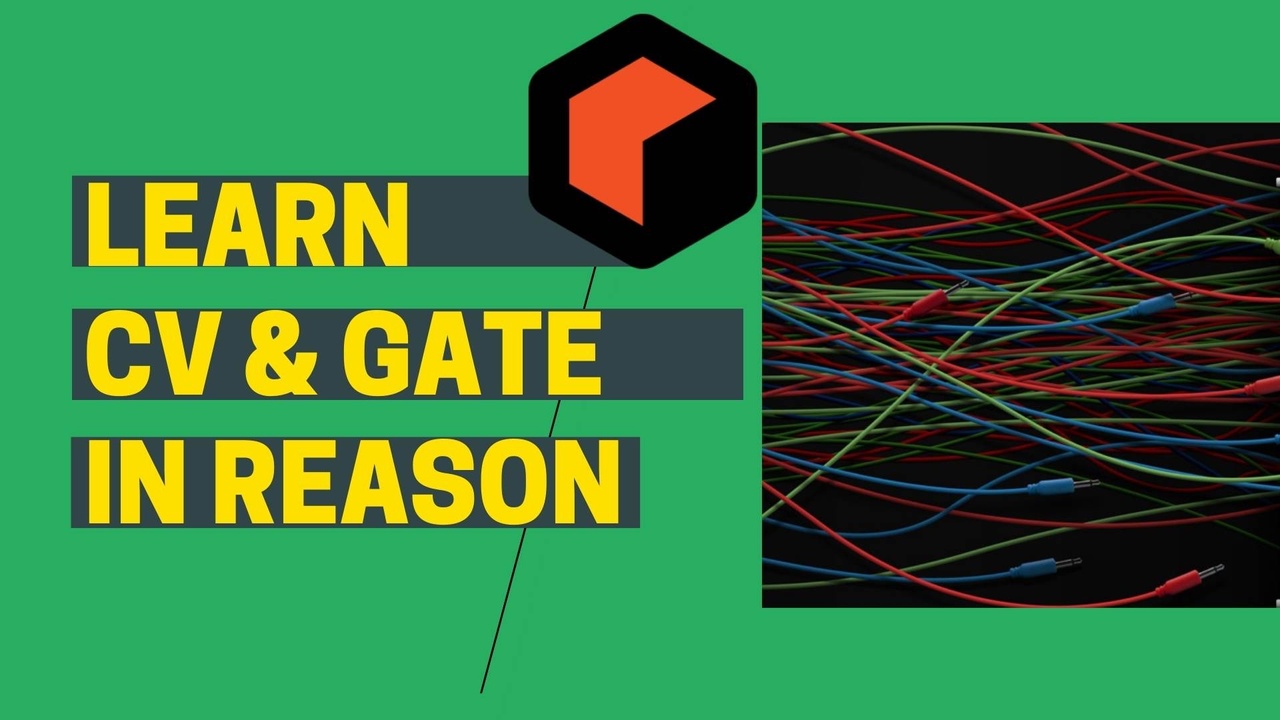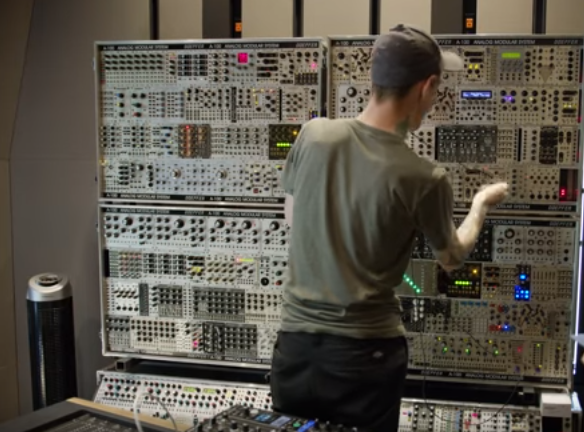How to Use CV in Reason

In this article you'll learn how to use one of Reason's killer features - CV! Understanding CV is the secret to unlocking all of Reason's power, and one of the things that sets it apart from other DAWs. CV is a key tool for creating lush soundscapes, evolving sounds, and old school techno riffs.
This Reason tutorial covers a topic that is difficult to cover in one word: control voltageor CV routing. The main problem that makes it difficult to understand the concept of CV routing is that the topic is not actually about sound, but how to control the shaping using "invisible" input and output signals. In a sense, CV routing is similar to auto-editing. The difference here is that editing automation is a manual process, while CV routing is usually set once and then repeated on a pattern basis. Click here if you're interested in learning more about how to use Reason. And click here if you're looking for the Ultimate Reason 12 Review!
The Best Videos on How to Use CV in Reason
Over the years, I've put together a few videos on how to use CV in Reason. I think that watching a video is the easiest way to learn about musical concepts.
Part 1 of this video series provides a powerful overview of using CV in Reason. Part 2 covers more advanced CV concepts.
What is CV?
Control voltage is a term that comes from analog equipment. Back then, musicians would connect cables from the output source to the input source to control the setup from the modular synthesizer (for example, Moog synthesizers use this approach). In contrast, digital synthesizers use an internal scheme to control these parameters.
The digital is way faster and more efficient - but less fun. And way less cool.
Reason pioneered the use of CV cables in the digital software realm. And these days, the use of CV in modular synthesis has exploded.

DeadMau5 using CV on his modular synth.
For this reason, CV cables still play a very important role in creating the modules to use (such as combination patches). Even if you can still do a lot without using it. Where is the CV routing? There are two different forms of CV routing: visual and non-visual. Most synthesizers can use parameters such as LFOs (Low Frequency Oscillators). LFOs can be found on synthesizers such as subtractors, maelstroms, and thor. An LFO is a pattern that repeats at a particular rate (based on the frequency of LFO settings). When the LFO is coupled to a setting such as the filter frequency, the filter frequency of a synthesizer such as a subtractor goes up or down according to the LFO pattern, and the velocity of the pattern is determined by the rate. Simply put, what happens with this setup is that the LFO sends a certain amount of "voltage" to the filter frequency. The LFO adjustment knob determines the amount of minimum and maximum voltage sent to the filter frequency.
CV / GATE
To make things a little more complicated in the analog world, there are two different types of CV signals that exist within the reason itself: CV and Gate data. Theoretically, these two signals do the same thing. The difference is that the minimum value of CV data is usually 0, the maximum value is 127, and any value in between can be taken. There is also a specific cable, usually called a "gate," that has a much simpler function. It is an on / off and cause only the values off and on. These signals can be found on a variety of devices. For example, gates are used to trigger drum hits in Kong and ReDrum. The longer the gate is open, the longer it will take to hold the note.
From a Frustrated Producer in a Ragtag Bedroom Studio to Major Placements on TV Earning $1,000s!
My name is Evan, and I've been making music since around 3rd grade. I'm from San Diego, California, but I've lived in Washington, DC for the last 20 years.
While I still have a full-time day job, I have created systems that have allowed me to produce dozens of songs a year in my spare time.
My songs have been on Netflix, TV shows like the 90 Day Fiance, an award-winning indie film, and NPR’s “All Thing Considered.” They've also been streamed millions of times.
In addition to being a music producer, I am passionate about teaching people how they can make professional-sounding music and earn money licensing it, all in their spare time.
Thousands of musicians, like yourself, have trusted me to guide their musical journey. My YouTube videos have been watched nearly a million times. And my story has been in Forbes, Side Hustle Nation, and the Side Hustle School.






